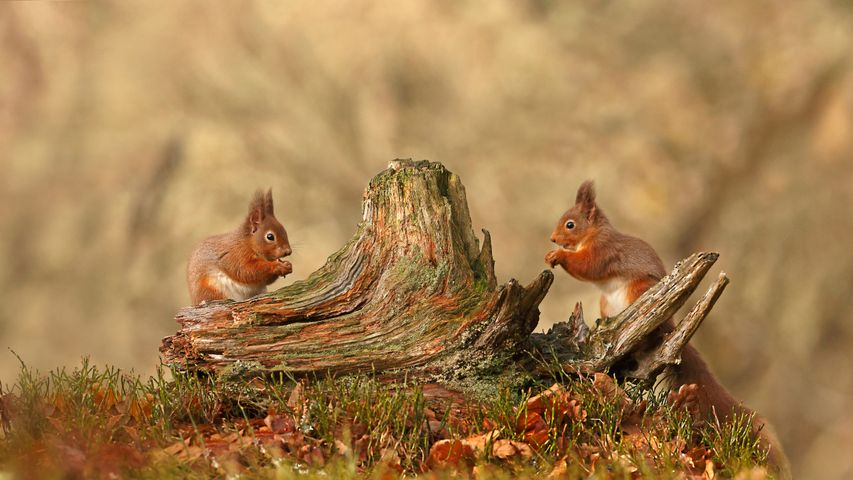A grove of American elm trees in Central Park's Mall, New York City
© AWL Images/Danita Delimon
A dying breed of tree thrives in an American park
We're standing in the Mall of New York City’s Central Park, in the middle of fall foliage season. When Frederick Law Olmstead and Calvert Vaux designed this quarter-mile walkway, they were inspired by Europe’s public spaces. They envisioned a 'grand promenade' where people of all backgrounds, from the city’s monied elite to those of lesser status, could come together and mingle.
Today, the Mall remains one of Central Park’s most popular and iconic features. Olmstead designed the pedestrian walkway to be the only straight path in all the park. Lining the path on either side is a majestic canopy made from hundreds of American elms. Chances are, you’ve seen an Elm Street in an American town or two. These majestic trees once populated many parts of the country but were devastated by Dutch elm disease beginning in the 1930s. The trees here in the Mall make up one of the oldest living stands of American elms in North America. They stand today, not only alive, but thriving, thanks to dedicated Central Park arborists who monitor and protect them. When a tree must be removed—in a bad year, the park can lose up to 35 trees—a new one is planted in its place.
Related Images
Bing Today Images
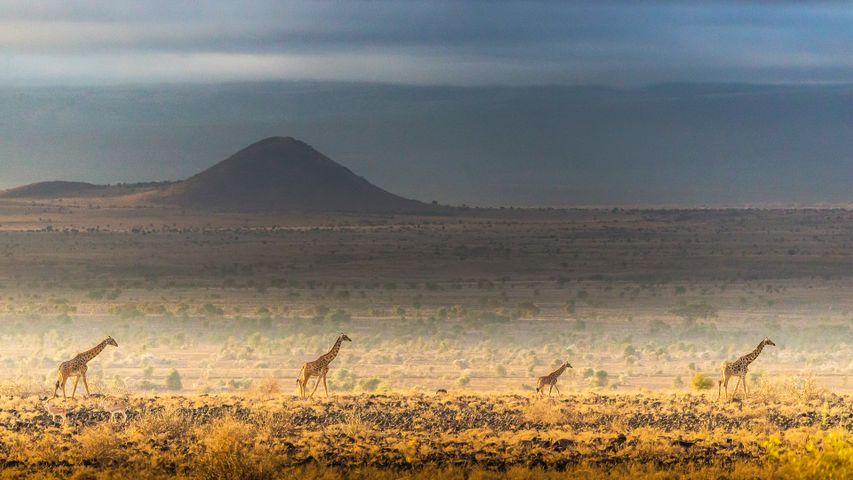
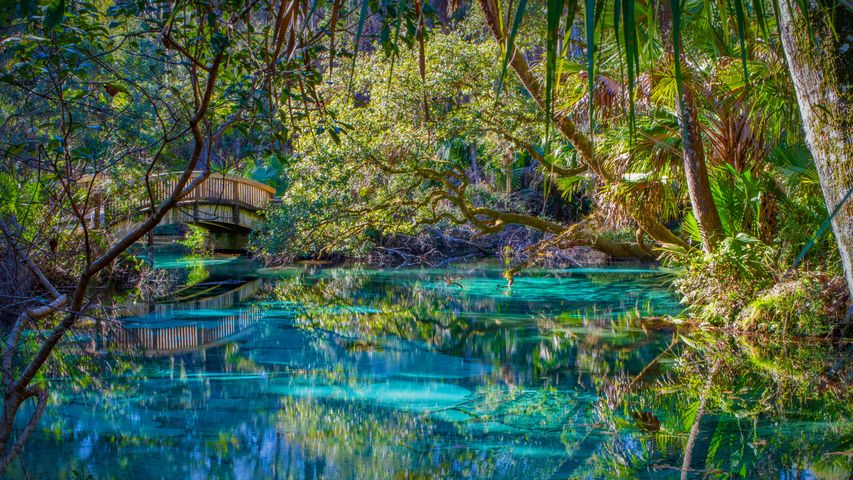

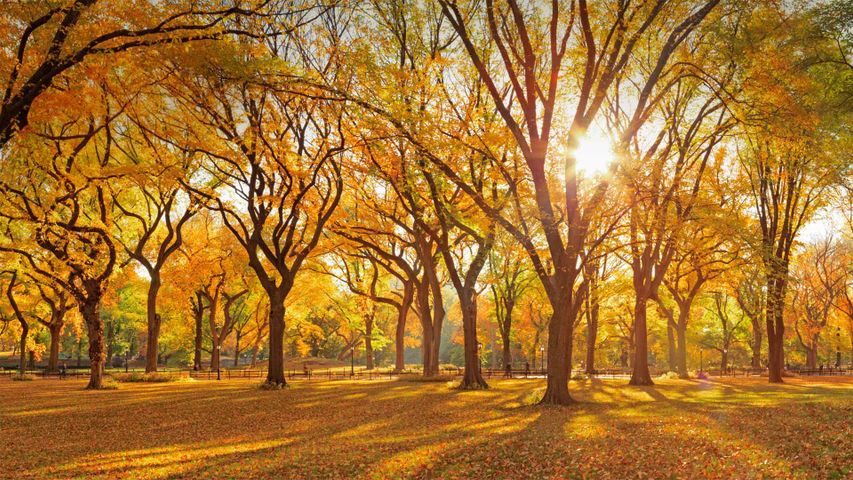
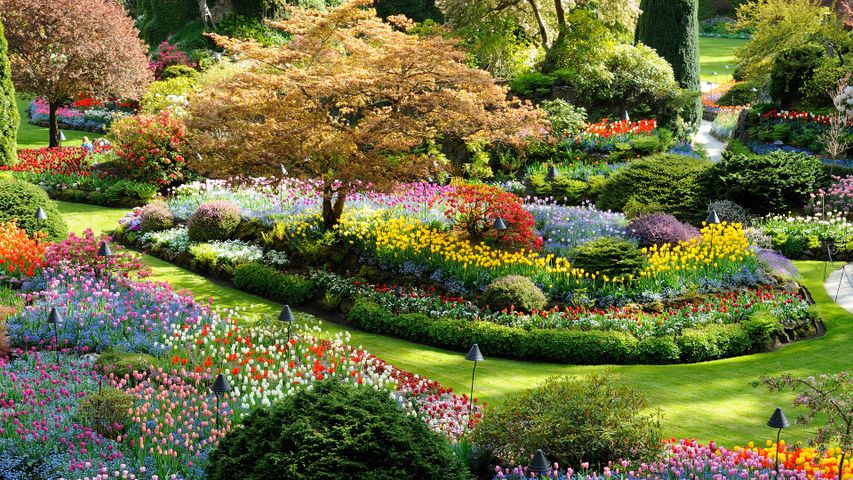 Butchart Gardens in Brentwood Bay, British Columbia
Butchart Gardens in Brentwood Bay, British Columbia
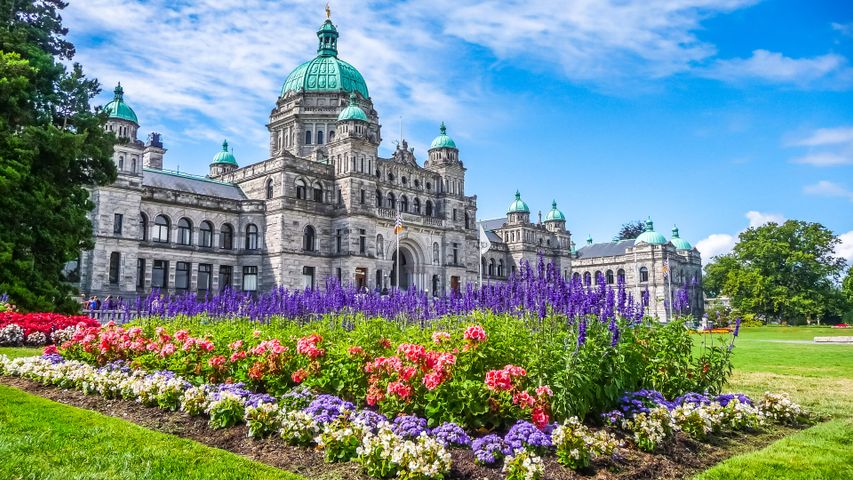 British Columbia Parliament Buildings
British Columbia Parliament Buildings
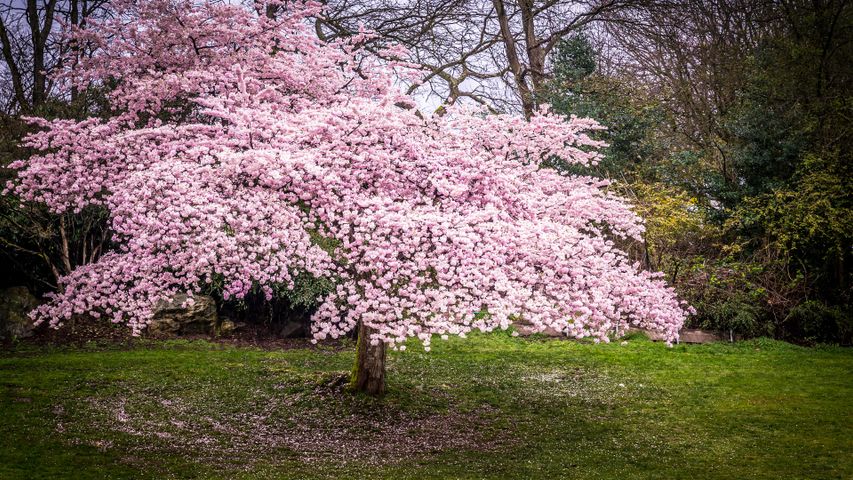 Cherry blossoms in Queen Elizabeth Park, Vancouver, Canada
Cherry blossoms in Queen Elizabeth Park, Vancouver, Canada
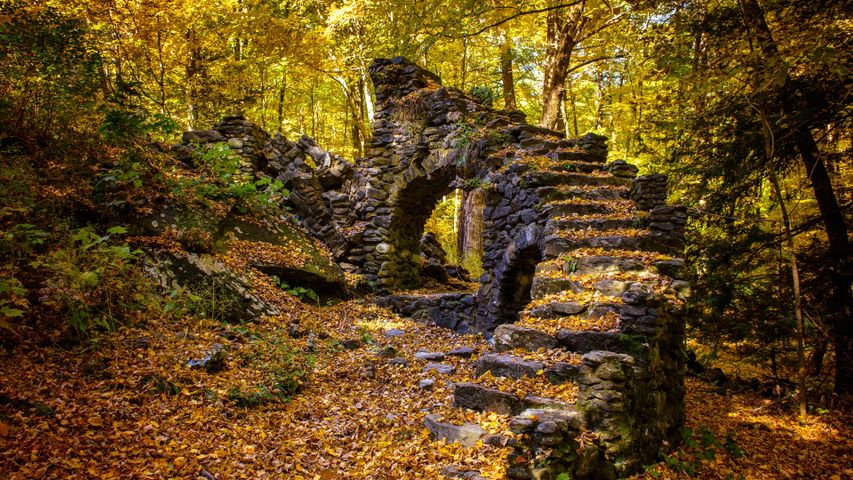 Madame Sherri Forest and the remnant of an old castle, New Hampshire, USA
Madame Sherri Forest and the remnant of an old castle, New Hampshire, USA
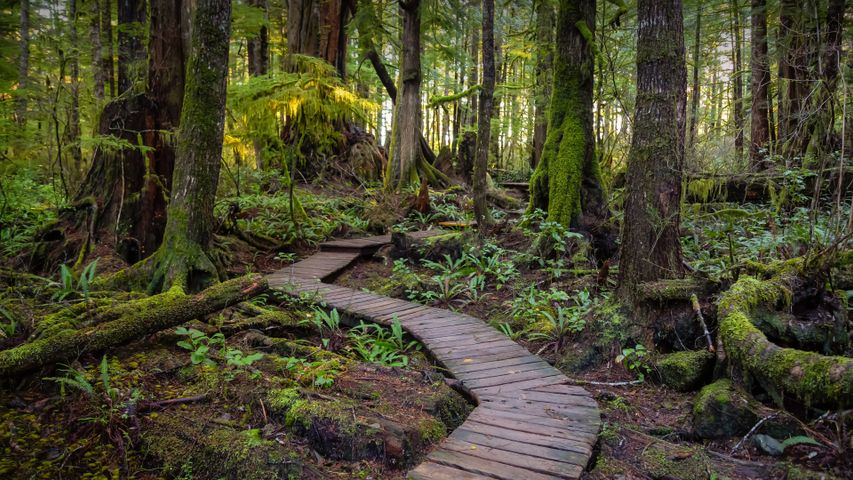 Wooden path to Kennedy Lake, Vancouver Island, BC, Canada
Wooden path to Kennedy Lake, Vancouver Island, BC, Canada
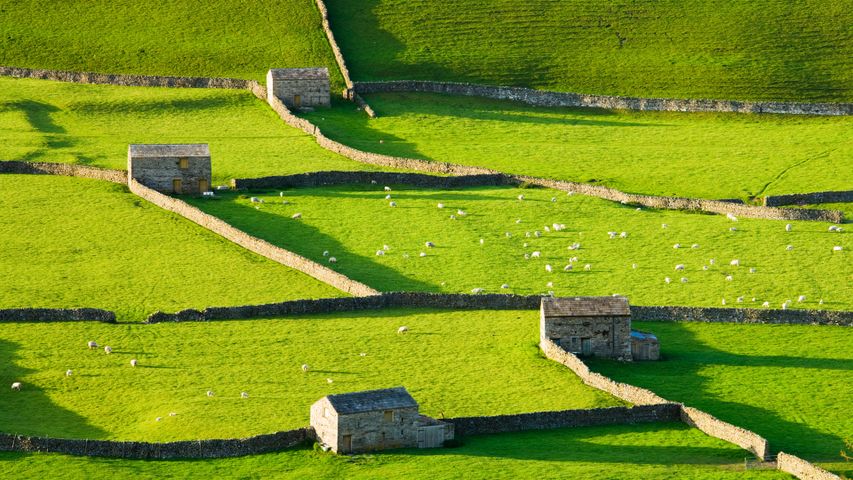 Gunnerside, Swaledale, Yorkshire Dales National Park, England
Gunnerside, Swaledale, Yorkshire Dales National Park, England
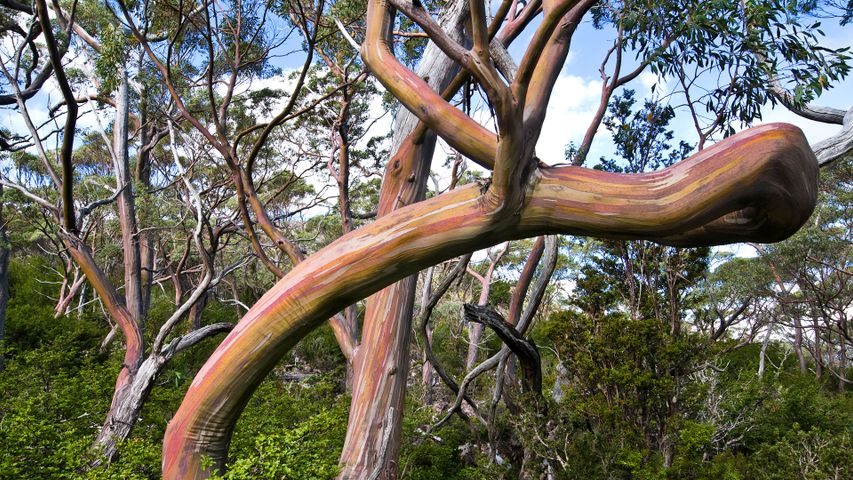 Tasmanian snow gum, Mount Field National Park, Tasmania, Australia
Tasmanian snow gum, Mount Field National Park, Tasmania, Australia
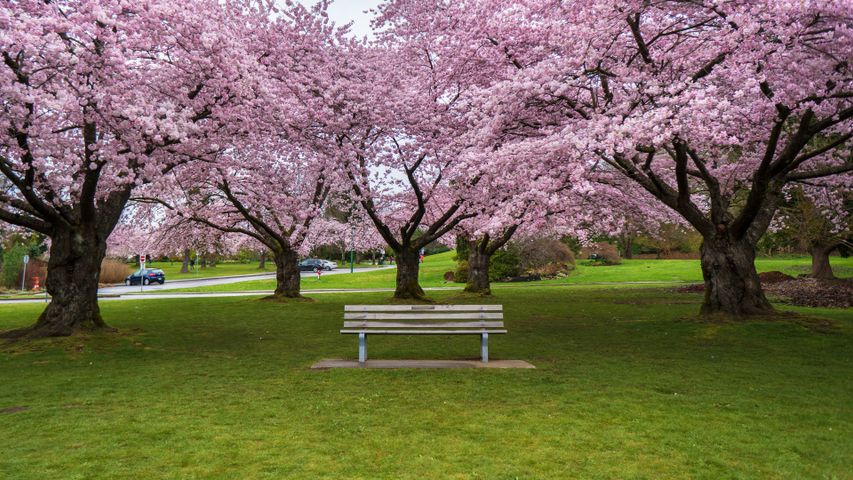 Cherry blossoms in Queen Elizabeth Park, Vancouver
Cherry blossoms in Queen Elizabeth Park, Vancouver

